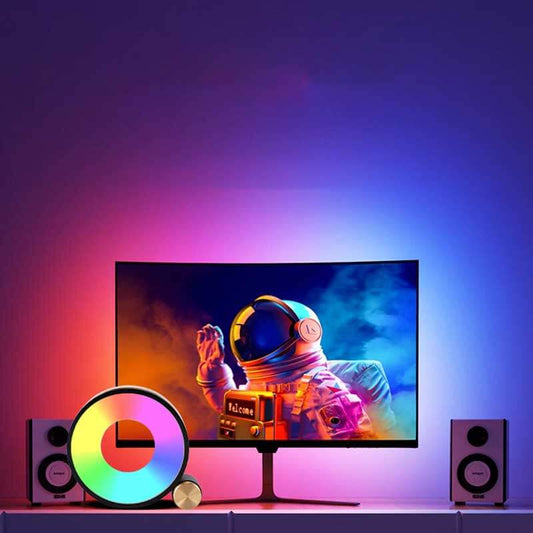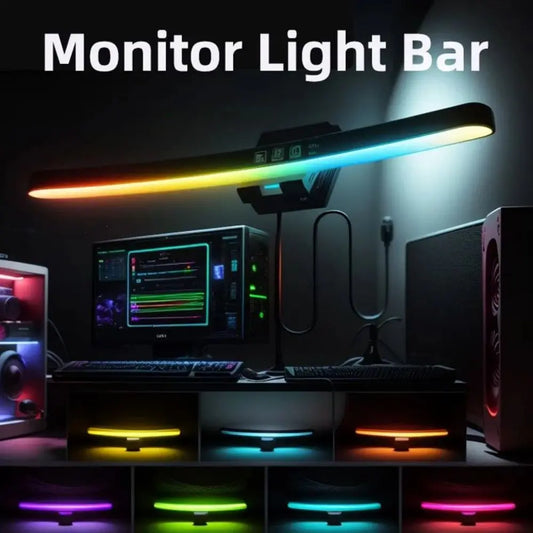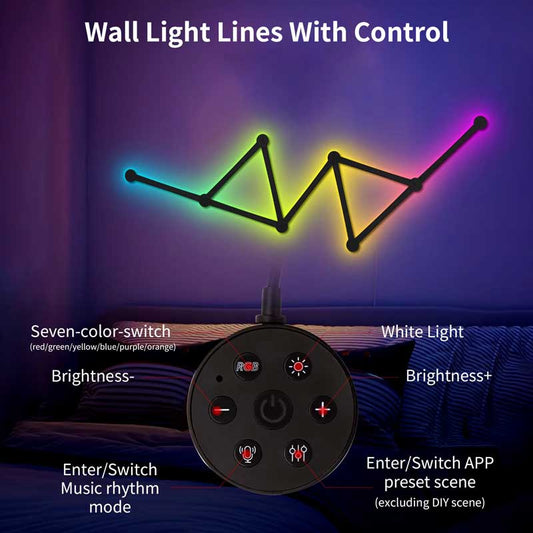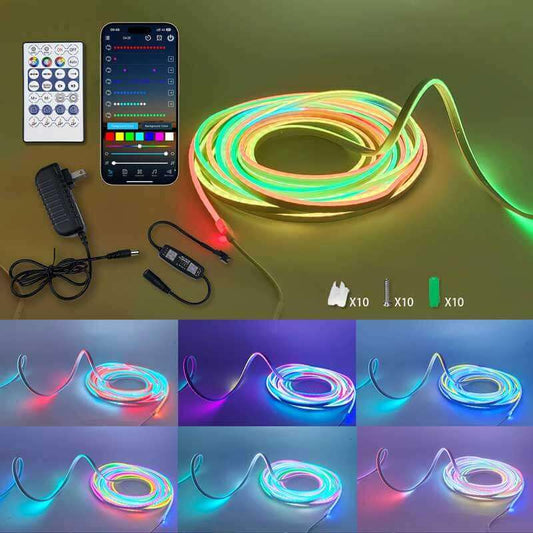How to choose projector light?
Share
Choosing a projector light involves considering several factors to ensure it meets your needs. Here are some steps to guide you:
-
Purpose and Use: Determine how you plan to use the projector light. Is it for home entertainment, professional presentations, outdoor events, or something else?
-
Brightness (Lumens): Consider the brightness level (measured in lumens) you need based on the environment where you'll use the projector. Higher lumens are suitable for brighter rooms or outdoor use.
-
Resolution: Choose a resolution that suits your content and viewing preferences. Common resolutions include HD (720p or 1080p) and 4K. Higher resolution provides clearer and more detailed images.
-
Throw Distance: Calculate the distance between the projector and the screen or wall where you'll project the image. This helps determine the throw ratio and ensures the projector can display the desired image size from your setup location.
-
Projection Technology: Decide on the projection technology—such as DLP (Digital Light Processing), LCD (Liquid Crystal Display), or LED (Light Emitting Diode)—based on factors like image quality, durability, and cost.
-
Connectivity: Check the available ports (HDMI, VGA, USB, etc.) to ensure compatibility with your devices (e.g., laptops, DVD players, gaming consoles).
-
Features: Consider additional features like built-in speakers, wireless connectivity, keystone correction (adjusting image distortion), and lens shift (adjusting the image position without moving the projector).
-
Brand and Reviews: Research reputable brands and read user reviews to gauge reliability, performance, and customer satisfaction.
-
Budget: Set a budget based on your requirements and prioritize features accordingly.
By considering these factors, you can make an informed decision when choosing a projector light that best fits your needs and preferences.




